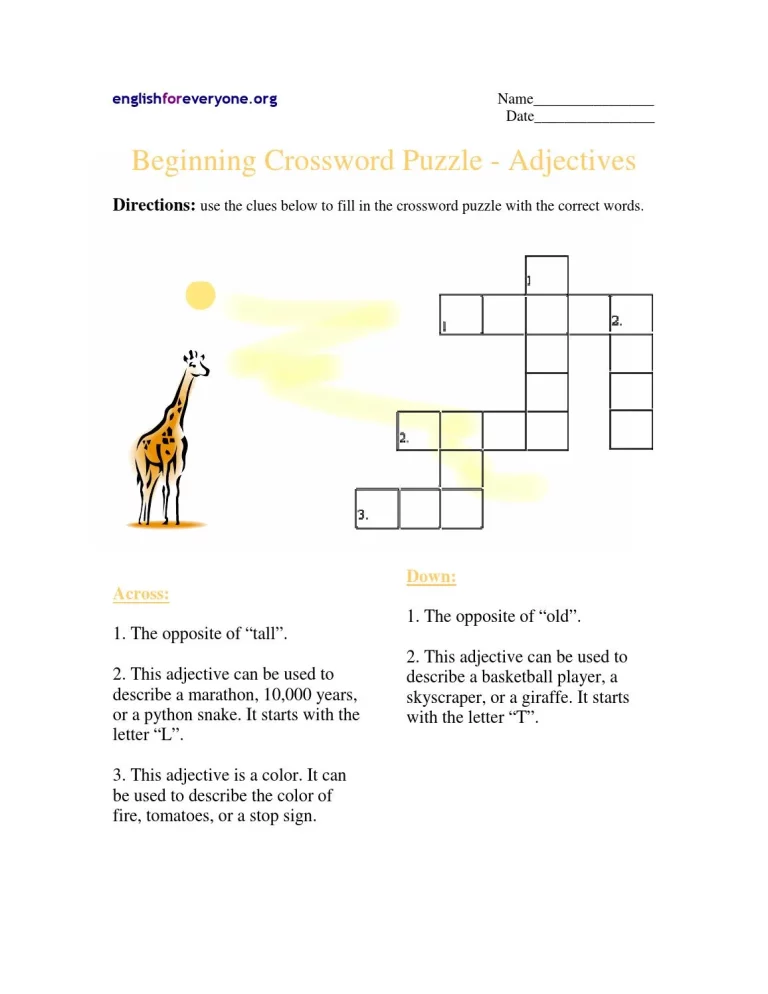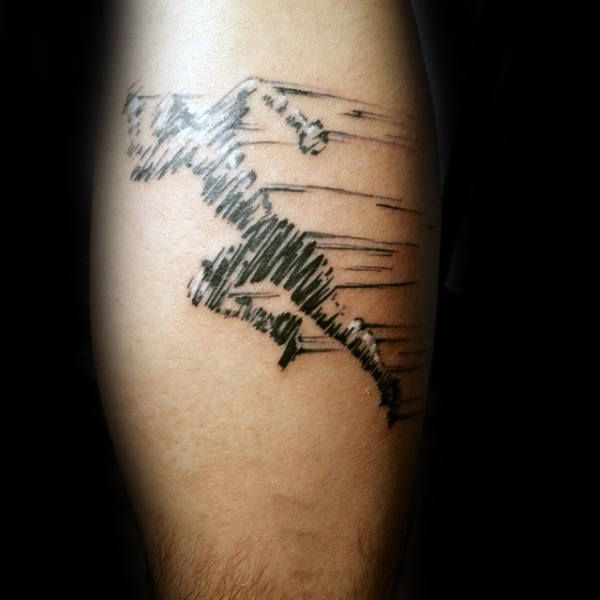Marathon Training Day After Long Run
After a long run, the day after should focus on low-intensity activities like stretching and light yoga to promote recovery and minimize soreness. Marathon training requires proper rest and active recovery to prevent injury and improve performance, so it’s important to listen to your body and avoid high-impact exercises on the day following a long run.
Marathon training can be physically demanding, and proper recovery is crucial to maintaining performance and preventing injuries. After a long run, the day after should be dedicated to low-intensity activities to promote recovery and reduce muscle soreness. We will explore the best practices for marathon training recovery, including stretching, light yoga, and active rest, to ensure you continue to progress towards your running goals.
Keep reading to discover how to optimize your training routine for long-term success and peak performance.
Importance Of Recovery
Recovery plays a pivotal role in marathon training, allowing your body to bounce back after a long run. It is crucial to prioritize adequate recovery to maximize the benefits of your training sessions and reduce the risk of injury.
Allowing Muscles To Repair And Rebuild
Proper recovery post-long run enables muscles to repair and rebuild, leading to strength gains and improved performance. Giving muscles time to recover is essential for growth and progress.
Reducing Risk Of Injury
Effective recovery strategies help in reducing the risk of injury by preventing overuse and allowing the body to adapt gradually. Adequate rest is key in injury prevention.
Nutrition For Recovery
Proper nutrition plays a crucial role in the recovery process after a long run or marathon training session. Consuming the right nutrients can help the body replenish energy stores, repair muscle tissues, and rehydrate effectively. In this section, we will dive into the essential elements of nutrition for recovery, focusing on hydrating the body and refueling with carbohydrates and protein.
Hydrating The Body
Staying hydrated is paramount for optimal recovery. Water is the best choice to replenish fluids lost during a long run. As a general guideline, aim to consume at least 8-10 glasses of water throughout the day. Additionally, electrolyte-rich drinks or coconut water can help replace lost minerals and maintain proper hydration levels.
Refueling With Carbohydrates And Protein
After a long run, your body needs to replenish its glycogen stores and initiate muscle repair. Carbohydrates are crucial for replenishing glycogen, so opt for complex carbohydrates like whole grain bread, brown rice, or sweet potatoes. These provide sustained energy and aid in glycogen restoration.
Protein is essential for the repair and rebuilding of muscle tissues. Incorporate lean protein sources such as chicken, fish, tofu, or beans into your post-run meals. Including a mix of carbohydrates and protein within 30-60 minutes after your run is ideal for maximizing recovery.
Active Recovery Strategies
If you’ve just completed a long run as part of your marathon training, it’s crucial to focus on active recovery strategies to help your body recover effectively and prevent injury. Active recovery is essential for allowing your muscles to repair, regenerate, and improve strength. Incorporating gentle stretching, foam rolling, and low-impact cross-training activities can aid in maintaining flexibility, reducing muscle soreness, and promoting overall recovery. Let’s delve into some specific active recovery strategies to optimize your post-long run training regimen.
Gentle Stretching And Foam Rolling
Engaging in gentle stretching and foam rolling can significantly alleviate muscle tension and soreness after a long run. Incorporating static stretches targeting major muscle groups, such as quadriceps, hamstrings, calves, and hips, can promote increased flexibility and mobility. Similarly, foam rolling allows for myofascial release, aiding in breaking down adhesions in the muscles and facilitating improved blood circulation.
Low-impact Cross-training
Participating in low-impact cross-training activities, such as swimming, cycling, or using an elliptical machine, provides an opportunity to engage in cardiovascular exercise without placing excessive strain on your muscles and joints. These activities can help maintain aerobic fitness while allowing your body to recover from the impact of a long run. Additionally, low-impact cross-training serves as a valuable way to strengthen supporting muscles and prevent overuse injuries.

Credit: www.all-about-marathon-training.com
Rest And Sleep
Rest and Sleep play a crucial role in the success of marathon training. Focus on maximizing recovery to optimize performance and prevent injuries.
Importance Of Sleep For Muscle Repair
Sleep is essential for muscles to repair and grow stronger. During deep sleep, the body releases growth hormones aiding in recovery.
Optimizing Rest Days
Rest days are equally important as training days. Let your body rejuvenate to avoid overtraining and burnout.
Listening To Your Body
Listening to your body is a crucial aspect of marathon training. It involves paying attention to the signals your body sends you and responding accordingly. By recognizing signs of overtraining and adjusting your training plan as needed, you can ensure that you’re training smart and avoiding burnout.
Recognizing Signs Of Overtraining
Overtraining can be detrimental to your progress and overall health. It’s important to be aware of the signs that your body may be telling you that you’re pushing too hard. Some common signs of overtraining include:
- Excessive fatigue that doesn’t improve with rest
- Decreased performance levels
- Increased susceptibility to illness and injury
- Persistent muscle soreness or joint pain
- Mood swings and irritability
If you notice any of these signs, it’s crucial to take a step back and listen to your body. Pushing through these symptoms can lead to further injury and setbacks in your training.
Adjusting Training Plan As Needed
Once you’ve recognized the signs of overtraining, it’s essential to adjust your training plan accordingly. Here are a few steps you can take:
- Take a break: Allow your body time to rest and recover. This may mean taking a few days off or incorporating active rest days into your routine.
- Modify intensity: Reduce the intensity of your workouts to give your body a chance to recover. This could involve taking shorter runs or incorporating more low-impact activities like swimming or cycling.
- Review your training schedule: Take a critical look at your training plan and consider if it’s realistic and achievable for your current fitness level.
- Seek professional guidance: If you’re struggling to adjust your training plan on your own, consider consulting a running coach or sports medicine professional for personalized guidance.
By making these adjustments, you can prevent further overtraining and ensure that you’re giving your body the support it needs to continue progressing towards your marathon goals.

Credit: www.all-about-marathon-training.com

Credit: www.pinterest.com
Frequently Asked Questions Of Marathon Training Day After Long Run
Is It Good To Run The Next Day After A Long Run?
Running the day after a long run can be beneficial, but it’s essential to listen to your body. Take proper rest based on your fatigue level and any muscle soreness. If you feel recovered, a light jog can help flush out toxins and improve recovery.
Remember to prioritize rest and recovery to prevent overtraining.
What Exercise To Do The Day After A Long Run?
Engage in low-impact exercises like walking, yoga, or swimming the day after a long run to aid recovery.
Should You Take A Rest Day Before Or After A Long Run?
It’s best to take a rest day after a long run to allow your body to recover. Rest helps prevent overtraining and reduces the risk of injury. Listen to your body and give it the rest it needs. This will help you perform better in the long run.
Conclusion
After a long run, post-marathon recovery is crucial. Adequate rest, hydration, and nutrition support muscle repair. Listen to your body and gradually reintroduce training. Remember, consistency and patience are key in the marathon training journey! Stay committed to your goals and enjoy the process.
Happy running!





